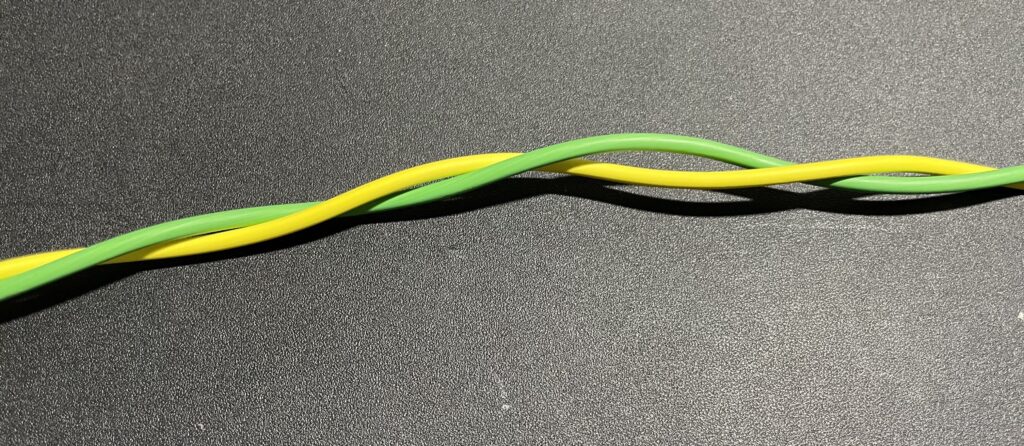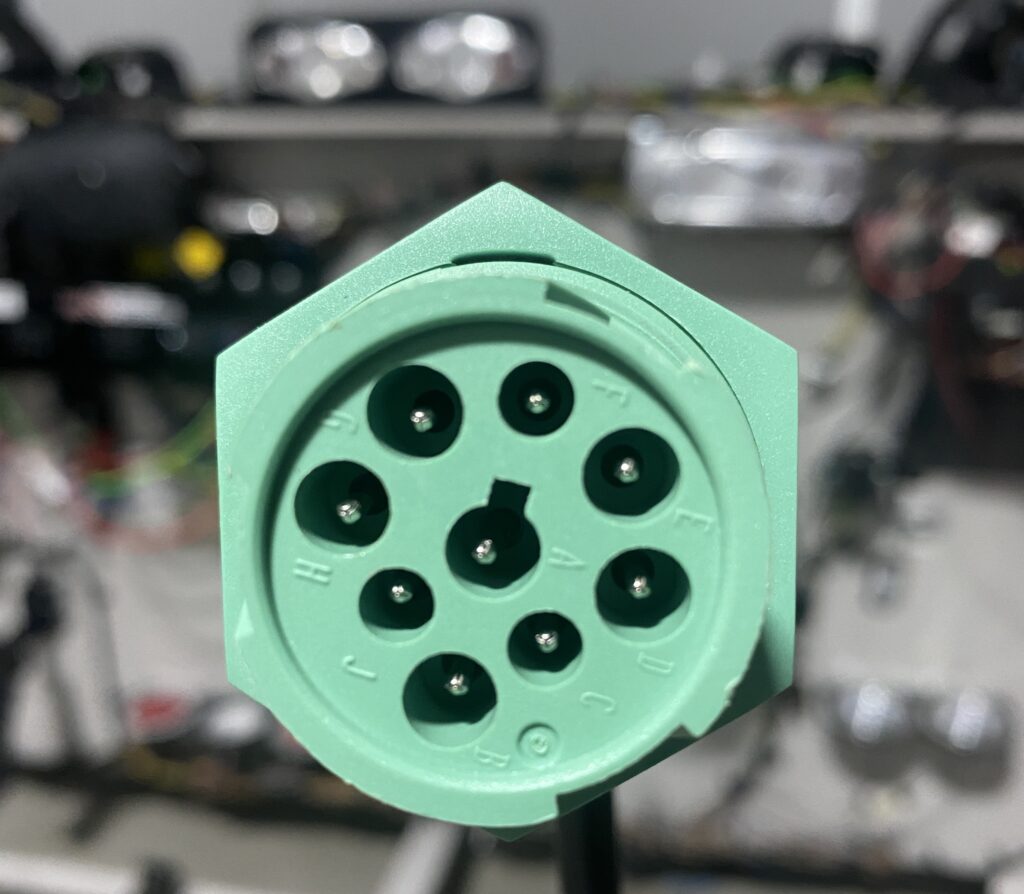Harnessing CAN Data For Predictive Maintenance
Fleet Managers today have access to some of the most important data that fleets can harness to improve efficiency, profitability, and keep equipment on the road. One of the critical challenges facing fleet managers is ensuring the reliability and uptime of vehicles while minimizing maintenance costs. In recent years, the combination of Controller Area Network (CAN) data and telematics has emerged as a game-changer in the field of fleet maintenance. By monitoring CAN data and leveraging telematics technology, fleet managers can adopt a proactive approach to maintenance, predicting and addressing potential issues before they result in costly breakdowns or error codes.
What Is CAN Data?
CAN data refers to the information transmitted through the vehicle’s CAN bus, a network that connects various electronic components in modern vehicles. The CAN bus collects real-time data related to engine performance, transmission, fuel consumption, braking systems, and more. By analyzing this data, fleet managers gain valuable insights into the health and performance of their vehicles.


J1939 Overview:
The J1939 protocol is a standardized communication protocol used in heavy-duty vehicles to enable communication between various ECUs, including the engine control module, transmission control module, and ABS controller. The J1939 protocol is a higher-level protocol that uses the CAN bus system as its physical layer.
J1939 data is transmitted in the form of Parameter Group Numbers (PGNs), which contain data related to a specific function, such as engine speed or coolant temperature. PGNs are transmitted at regular intervals, and each PGN contains a priority level, allowing critical data to be given higher priority. Telematics systems leverage CAN data by accessing and interpreting the PGNs relevant to the desired information such as engine data, vehicle speed, fuel level, and more.
Predictive Maintenance With CAN Data And Telematics:
Early Detection: Telematics applications like Fleet Defender’s suite of fleet intelligence applications are constantly monitoring to identify subtle changes or abnormalities in vehicle performance, even before an error code is thrown. By setting up appropriate alerts and thresholds, fleet managers can receive notifications when specific parameters deviate from the expected range. This early detection empowers fleet managers to take preventive actions before the issue escalates into a major breakdown or an error code thrown outside of a normal maintenance cycle.
Component Health Monitoring: PGN analysis done by telematics applications enables fleet managers to track the health of critical vehicle components. By continuously monitoring parameters such as oil pressure, temperature, tire pressure, and battery voltage, fleet managers can detect potential issues, such as leaks, overheating, or low battery levels, that may impact the vehicle’s reliability. Addressing these concerns promptly can prevent vehicle downtime and costly repairs.
Predicting Maintenance Intervals:
Telematics applications like Fleet Defender’s suite of fleet intelligence applications monitor CAN data and interpret relevant PGNs to watch for maintenance issues before they cause major problems. By analyzing CAN data, predictive applications can detect changes in sensor values and identify when a sensor is starting to go bad. This allows maintenance to be performed during pre-scheduled downtime and occurs before a diagnostic code is thrown or before the sensor completely fails and a truck is taken off the road. Predictive maintenance reduces the downtime and unplanned maintenance time of heavy equipment that is needed on the road or on site.

In addition to detecting failing sensors, CAN data can also be used to monitor for other maintenance issues, such as clogged filters or worn-out components. For instance, if the air intake temperature sensor value starts to increase or the manifold absolute pressure sensor value starts to decrease, it could indicate that the air filter is becoming clogged. This data can be used to alert the maintenance team to replace the filter before it completely fails and causes major problems.
Benefits of Predictive Maintenance:
Cost Reduction: By proactively addressing maintenance issues based on predictive insights, fleet managers can significantly reduce the occurrence of unexpected breakdowns and costly repairs. This approach helps optimize maintenance budgets by focusing resources on essential repairs and preventive measures.
Increased Vehicle Uptime: Predictive maintenance enables fleet managers to address potential issues before they lead to unplanned vehicle downtime. By reducing unscheduled maintenance and breakdowns, fleet managers can ensure that their vehicles are on the road, serving customers, and generating revenue.
Enhanced Safety: Monitoring CAN data helps identify safety-related issues before they compromise the vehicle’s performance. Addressing potential problems promptly ensures the safety of drivers, passengers, and other road users.
Telematics technology is becoming more widespread and affordable. These affordable solutions help fleet managers maintain the reliability and efficiency of their vehicles. By monitoring CAN data and leveraging telematics insights, fleet managers can implement predictive maintenance strategies, ensuring the timely identification and resolution of potential issues before they escalate. The benefits are multifold: reduced maintenance costs, increased vehicle uptime, and enhanced safety.

